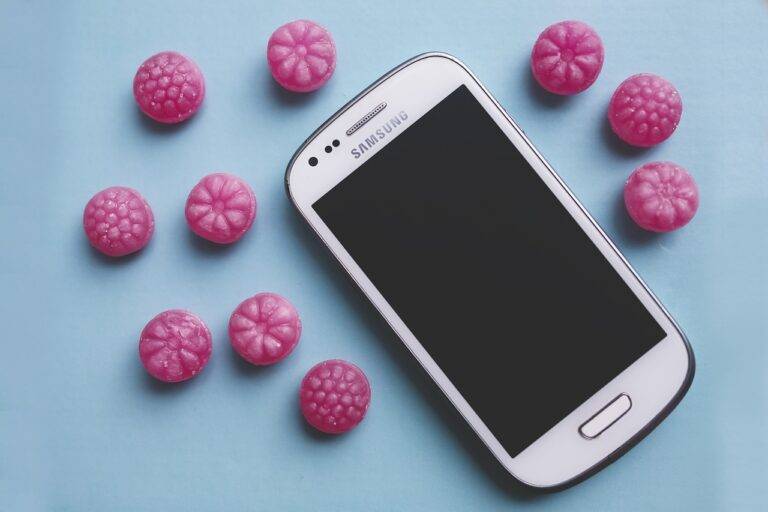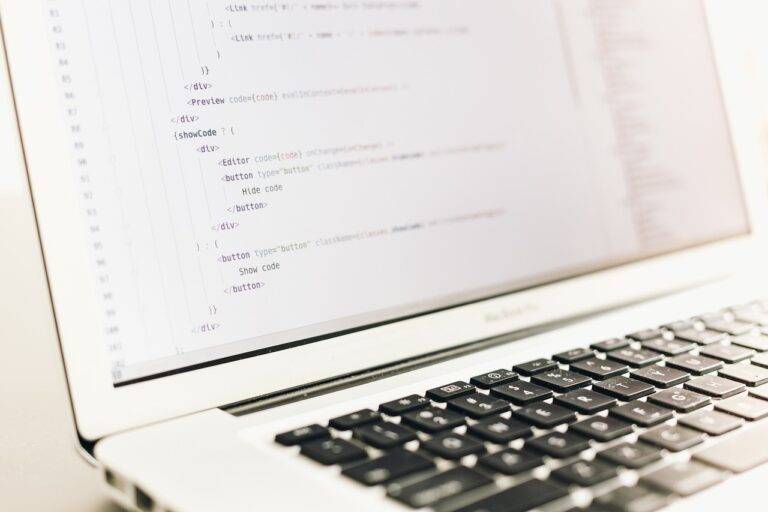The Impact of 5G on Remote Patient Monitoring
Remote patient monitoring has revolutionized the way healthcare providers track and manage patient health from a distance. Faster data transmission plays a crucial role in this process by enabling real-time monitoring of vital signs and health metrics. With the ability to transmit data quickly and efficiently, healthcare professionals can receive up-to-date information about their patients instantly, allowing for timely interventions and adjustments to treatment plans.
The benefits of faster data transmission in remote patient monitoring are far-reaching, impacting both patients and healthcare providers. Patients can enjoy the convenience of having their health monitored remotely without the need for frequent in-person visits to medical facilities. This not only saves time and resources but also promotes patient autonomy and engagement in managing their health. Additionally, healthcare providers can make more informed decisions and provide better care when they have access to accurate and timely data, leading to improved health outcomes for patients.
Increased Efficiency in Real-Time Monitoring of Patient Health
Remote patient monitoring has revolutionized the healthcare industry by allowing for real-time tracking of patient health data. With faster data transmission capabilities, healthcare providers can now monitor their patients’ vitals and wellness remotely with increased efficiency. This advanced technology enables healthcare professionals to promptly identify any concerning health trends or anomalies, leading to timelier interventions and improved patient outcomes.
The speed of data transmission in remote patient monitoring systems has significantly enhanced the accuracy and reliability of patient health data. Real-time monitoring allows healthcare providers to make informed decisions promptly, resulting in more effective and personalized patient care. Additionally, the ability to track vital signs and health parameters continuously in real-time enables healthcare professionals to detect subtle changes in a patient’s health condition, ultimately leading to proactive and preventive healthcare measures.
How does faster data transmission benefit remote patient monitoring?
Faster data transmission allows healthcare providers to receive real-time updates on a patient’s health status, enabling quicker decision-making and interventions when necessary.
What are some examples of increased efficiency in real-time patient monitoring?
Examples of increased efficiency include the ability to detect changes in vital signs immediately, monitor patients remotely without delays, and provide timely feedback to patients based on current data.
How does real-time monitoring enhance patient care?
Real-time monitoring allows healthcare providers to provide personalized care based on up-to-date information, leading to improved outcomes and better overall patient experience.
What technologies are used for real-time monitoring of patient health?
Technologies such as wearable devices, mobile applications, and telehealth platforms are commonly used for real-time monitoring of patient health.
How can healthcare providers ensure data security and privacy in real-time monitoring?
Healthcare providers can ensure data security and privacy by implementing encryption protocols, adhering to HIPAA regulations, and regularly updating their systems to protect patient information.





